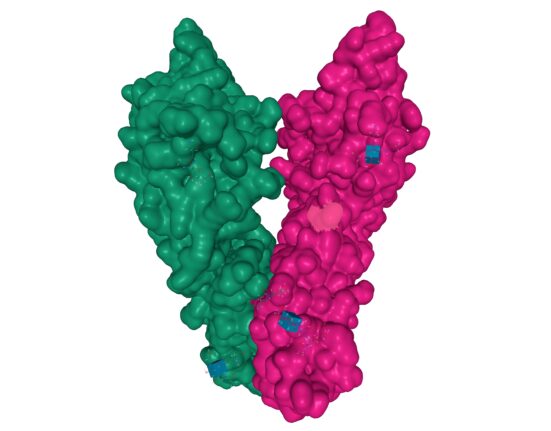Measurable residual disease (MRD) negativity was associated with better response to treatment with the chimeric antigen receptor T-cell therapy obecabtagene autoleucel (obe-cel) in patients with B-cell acute lymphoblastic leukemia (ALL). Furthermore, deeper responses were associated with increased event-free survival (EFS) and overall survival (OS).
The study was presented at the 2025 Transportation and Cellular Therapy Tandem Meetings of ASTCT and CIBMTR in Honolulu, Hawaii.
The phase 1b/2 FELIX study is assessing obe-cel in patients with relapsed or refractory B-cell ALL. At a median follow-up of 21.5 months, 12-month EFS was 50% and OS was 61%.
This study further evaluated the depth of MRD-negative remission and outcomes in obe-cel treated patients.
Bone marrow samples were collected at:
- Screening
- ≤1 week before lymphodepletion
- 28 days after obe-cel infusion
- Months 3, 6, and 12
- Every 6 months thereafter until the end of the study
Of the 127 patients in the study, 96 (76%) had samples for next-generation sequencing. About three-quarters (n=73; 76%) achieved complete remission (CR) or CR with incomplete count recovery. Most of these patients (n=68; 93%) had ≥1 post-infusion bone marrow samples available. Just 6% (n=4) of patients were MRD-positive after treatment, while the remaining 94% (n=64) achieved MRD <10–4 leukemic cells, including 10% with an MRD between 10–4 and 10–6 and 84% with an MRD <10–6.
In evaluable responders, median time to best MRD response (<10–4 cells) was 1 month (range, 1-3).
At a median of 21.5 months of follow-up (range, 8.6-41.4), median duration of response was:
- 5 months for MRD ≥10–4
- 8 months for MRD between 10–4 and 10–6
- 1 months for MRD <10–6
Depth of response (MRD ≥10–4, between 10–4 and 10–6, and <10–6) also impacted the following:
- Relapse rate
- 100%, 100%, 48%, respectively
- Median EFS
- 0, 4.5, and 15.1 months, respectively
- Median OS
- 2, 8.9, and not estimable months, respectively
At 12 months, EFS rates were 10%, 0%, and 61%, while OS rates were 20%, 27%, and 85%, for MRD ≥10–4, between 10–4 and 10–6, and <10–6, respectively.
MRD <10–6 was associated with more durable responses and higher EFS and OS rates, the authors concluded.
Reference
Jabbour E, Park JH, Shaughnessy P, et al. Deep molecular remission predicts better clinical outcomes in adults with relapsed/refractory B-cell acute lymphoblastic leukemia (R/R B-ALL) treated with obecabtagene autoleucel (obe-cel). Abstract #292. Presented at the Tandem Meetings | 2025 Transportation and Cellular Therapy Tandem Meetings of ASTCT and CIBMTR; February 12-15; Honolulu, Hawaii.







